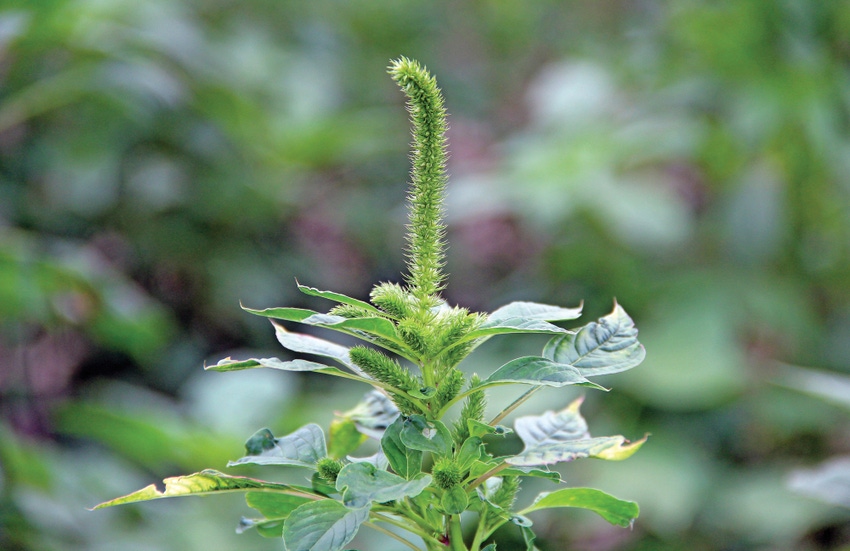August 21, 2012

The Palmer amaranth control in Tennessee is a very good story this year. Travelling across west Tennessee this summer I noticed we have less Palmer amaranth in many cotton and soybean fields than in the last several years. Moreover, from a personal point of view, I received a notable decrease in the number of salvage calls on cotton and soybean fields.
This is a good change in what has been a bad trend. From 2008 to 2011 the number of calls concerning salvaging pigweed-infested fields along with just visually seeing more Palmer in our fields got worse every year. We were clearly losing the struggle with pigweed. In 2012, we not only stopped the bleeding but made some moderate progress.
Poll: Pigweed: did you make progress this year?
I know this did not come cheap, but for the first time I think we got our money’s worth. I am not saying it is all rosy, because we can find Palmer in most fields, and we do have a few that are grown-up messes. However, in a spring when we often saw spotty activation of our pre-applied herbicides, Palmer amaranth control is better in 2012 than in 2011.
Control of resistant pigweed comes at a price
‘Zero Tolerance’ pigweed zones expand in Arkansas
Glyphosate-resistant Palmer amaranth on turnrows and ditchbanks
Why is the Palmer control better in 2012? I think there were three main reasons for these results. The biggest reason in my opinion is that there was simply more corn planted in 2012. Managing this weed in corn is of course much easier than a broadleaf crop. Moreover, the increase in corn acres and the resulting decrease in cotton and soybean acres allowed farmers to be more timely with post applications in those crops. This was a big help whether we were using Liberty or a PPO herbicide (fomesafen/Cobra); being timely and spraying small Palmer can make all the difference.
The second reason is that there are more LibertyLink crops in the mix in 2012. Liberty is the most effective post option in soybeans for Palmer amaranth and the only post option in cotton. In many fields, an application or two of Liberty picked up the slack when pre-applied herbicides were not activated or played out.
Finally, I believe growers made weed management (not just spraying weeds) a priority in 2012. This includes utilizing multiple herbicides with different modes of action applied pre-plant and pre- and post-emergence. A number of folks broke out the cultivators this summer while others utilized spot spraying crews. Almost everyone employed a chopping crew to some extent trying to work around the very hot temps this summer and remove escaped Palmer amaranth.
Judging by calls I have gotten in August, we will have a lot more cover crops planted this fall to help with weed control next spring.
On the negative side, this improved level of weed control did not come cheap. Whether a field was planted to a LibertyLink or Roundup Ready crop, weed management expenses — particularly herbicide expense — is up dramatically. Many soybean growers have well over $60 per acre just in herbicide cost, and some have told me they are near $100 an acre. The herbicide expense in cotton was even more pronounced as many cotton growers have well in excess of a $100 per acre in herbicide cost.
Also, the sustainability in growing these crops when so much input is needed to manage weeds is concerning. With the commodity price of soybeans today, we can probably get by with this much investment in herbicide, but what if the price drops back to where it was a few years ago?
From the cotton point of view, applying $120 per acre of herbicide when cotton is 70 cents a pound makes it hard to pencil out. On the bright side, some growers who tackled their pigweed hard last year told me they were able to cut back a herbicide application or two as well as dramatically reduce the hours needed to chop pigweed this year.
I really think that more growers will find the effort and money invested in 2012 managing pigweed will reduce to some extent the weed management costs needed to grow soybeans and cotton in 2013. If this is the case, we can look back on 2012 and see it was the start of a good weed control trend!
About the Author(s)
You May Also Like




